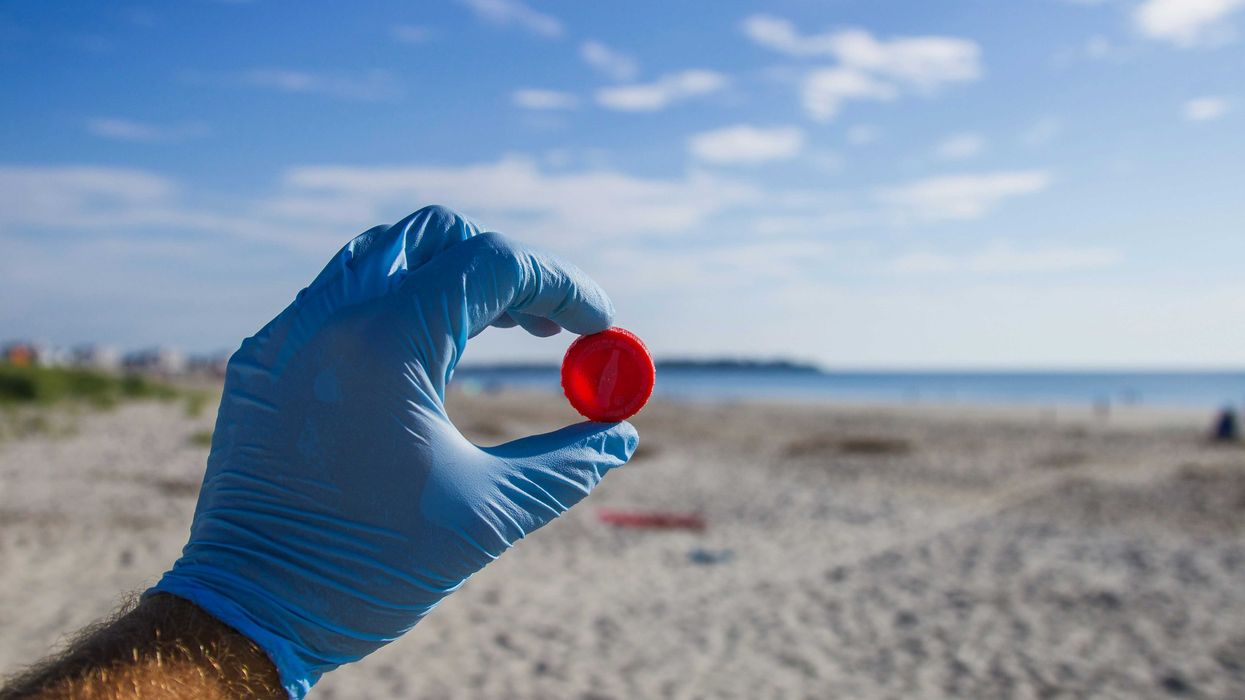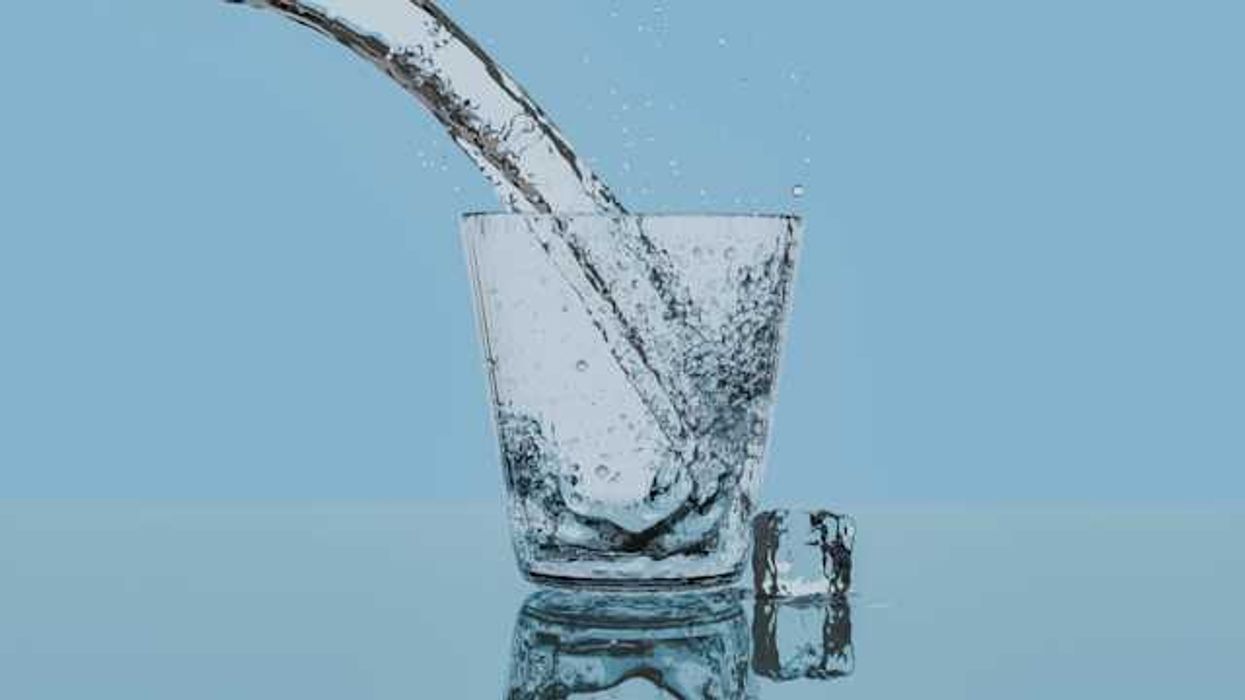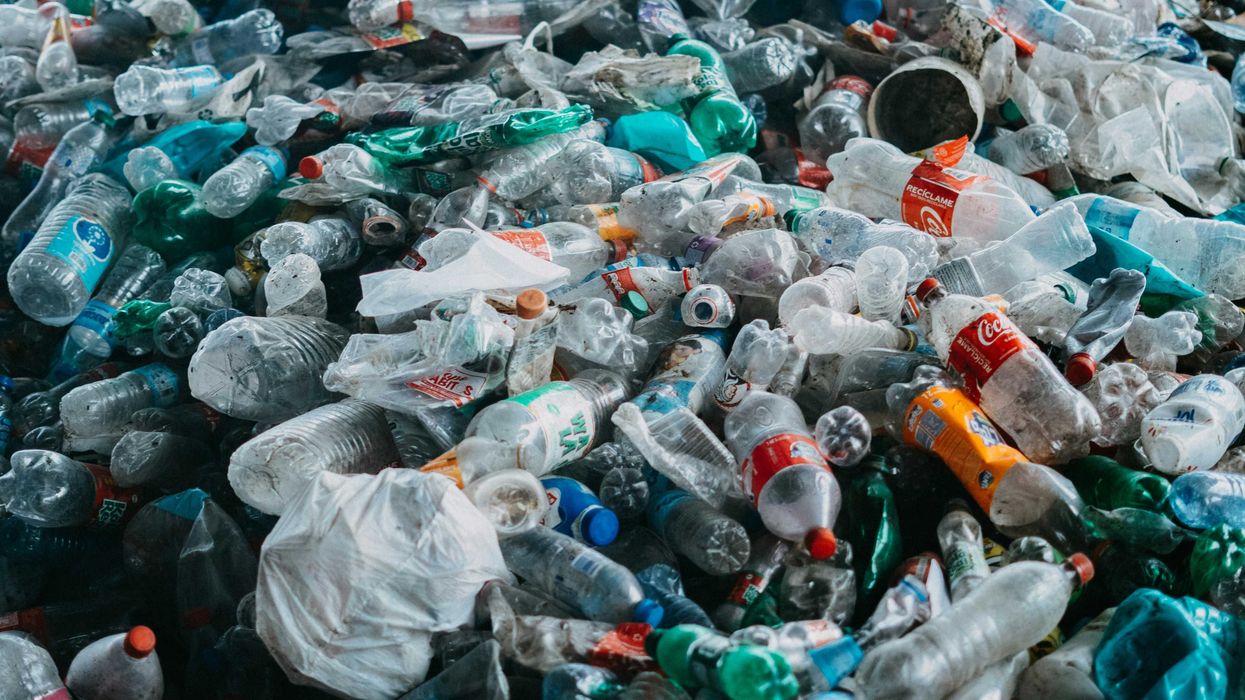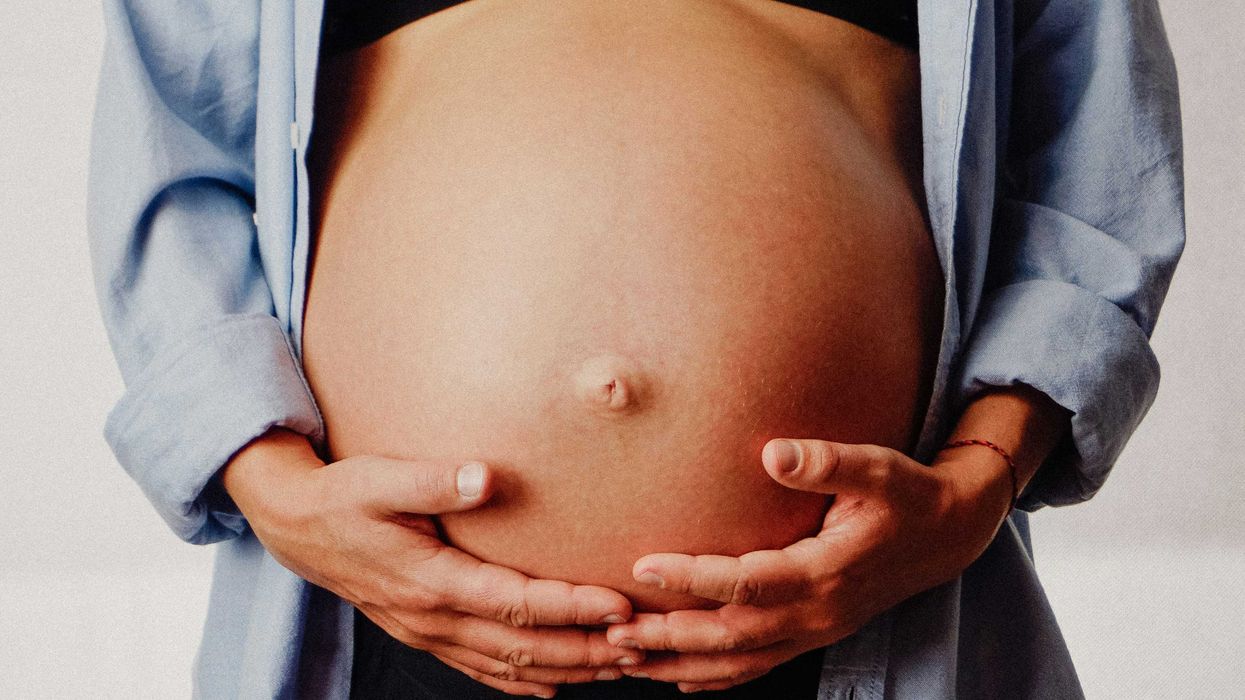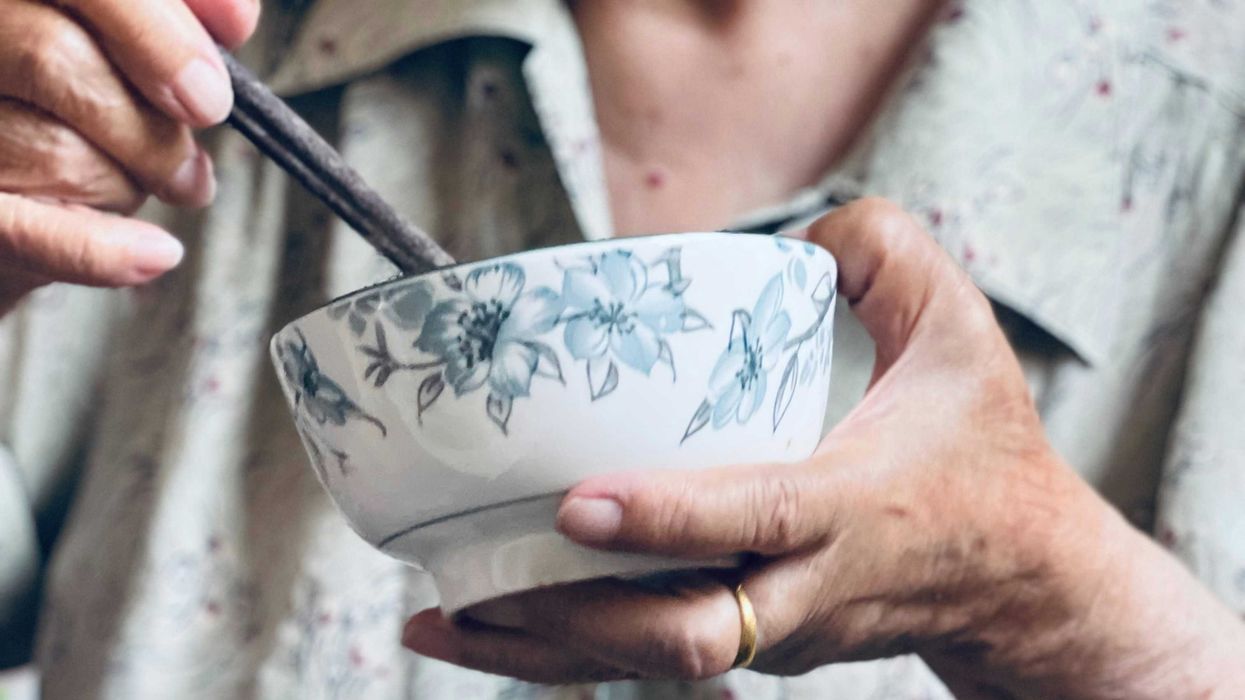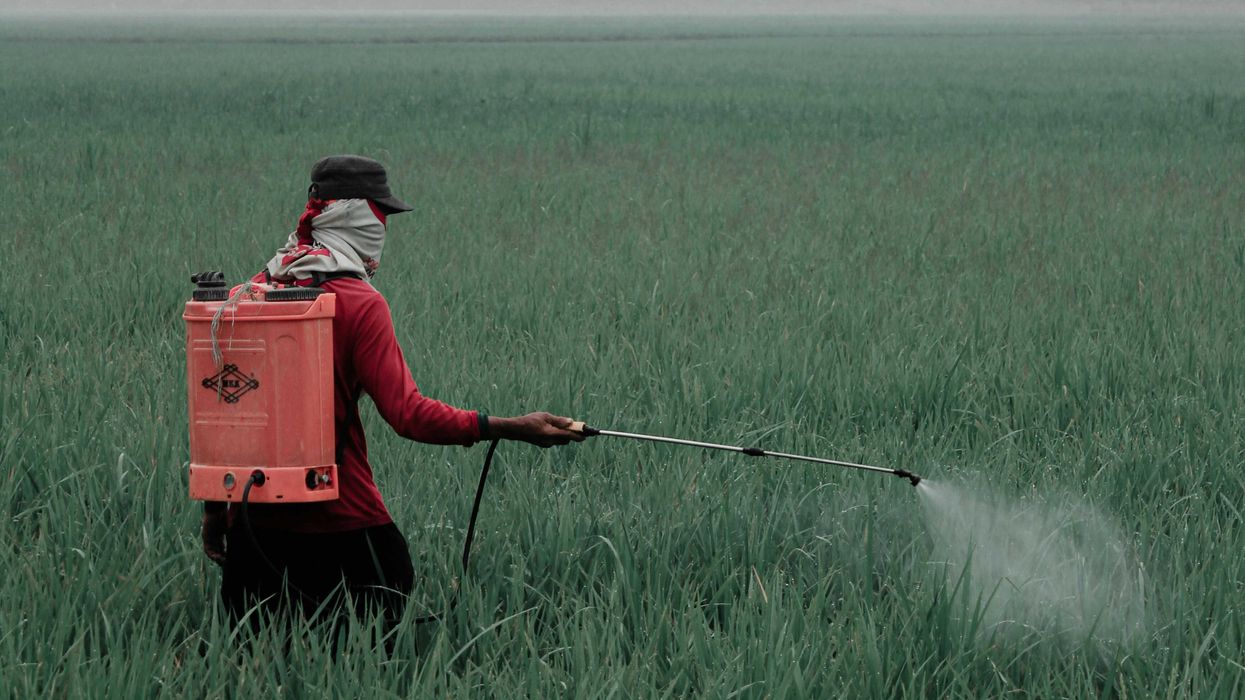Tiny plastic particles are contaminating food and beverages not just from plastic containers, but also from painted caps on glass bottles and industrial food processing equipment.
Shannon Osaka reports for The Washington Post.
In short:
- French researchers found that beverages stored in glass bottles contained five to 50 times more microplastic particles than those in plastic bottles or cans, likely due to painted metal caps.
- Another study showed that heavily processed foods — such as chicken nuggets — contain significantly more microplastics than whole foods, due to contact with plastic machinery during manufacturing.
- New findings confirm that plastic packaging can shed microplastics, especially under heat or repeated use, such as in reusable cups or melamine dishes.
Key quote:
“We have not really understood all the factors that can lead to the release of micro and nanoplastics.”
— Lisa Zimmerman, plastic researcher and scientific communication officer, Food Packaging Forum
Why this matters:
Microplastics — particles smaller than five millimeters — have now been found in human blood, lungs, and even placentas. While their health effects remain under study, their pervasiveness raises concerns. Food and beverage contamination adds a new route of exposure that’s harder for consumers to avoid. Even seemingly safer options like glass bottles may be contaminated through painted metal caps. Meanwhile, the machinery and plastics used in industrial food processing plants are increasingly recognized as major contributors to contamination.
As researchers explore long-term health effects — including potential links to inflammation, hormone disruption, or other chronic diseases — understanding these hidden sources is vital. For people trying to limit their exposure, this research suggests packaging labels don't tell the full story.


